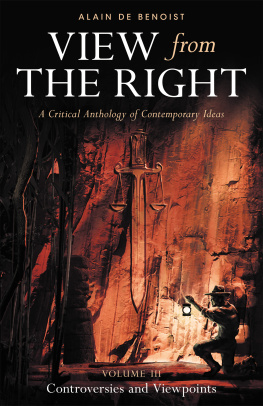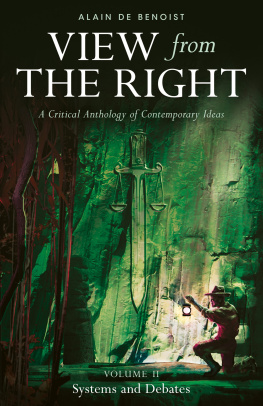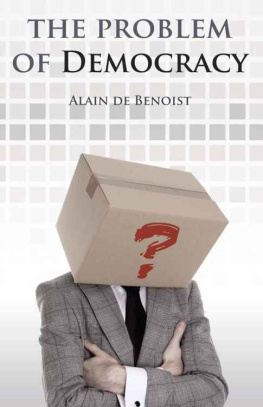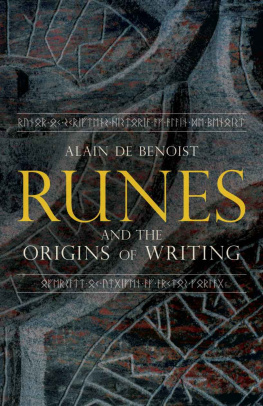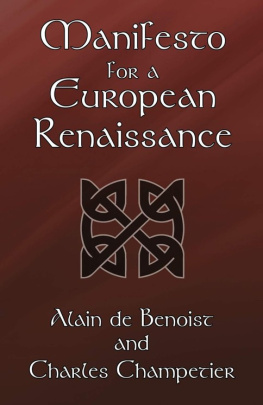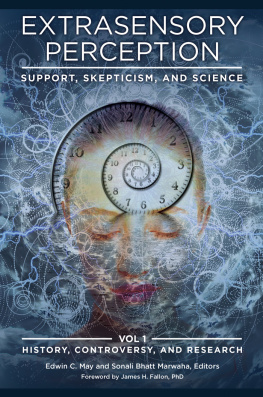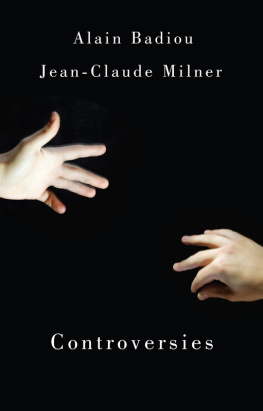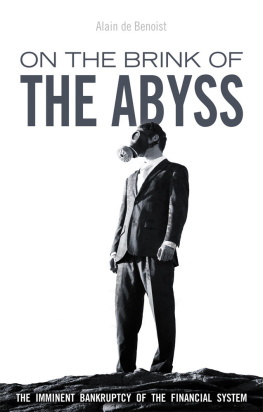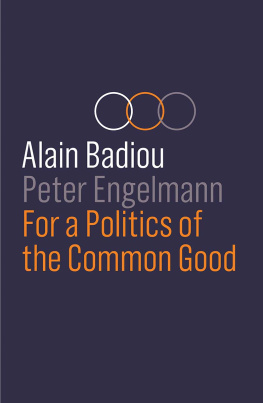Translated by Roger Adwan
Arktos
London 2019

Copyright 2019 by Arktos Media Ltd.
All rights reserved. No part of this book may be reproduced or utilised in any form or by any means (whether electronic or mechanical), including photocopying, recording or by any information storage and retrieval system, without permission in writing from the publisher.
Arktos.com | Facebook | Twitter | Instagram | Gab.ai | Minds.com | YouTube
ISBN
978-1-912975-21-1 (Softcover)
978-1-912975-22-8 (Hardback)
978-1-912975-23-5 (Ebook)
Translator
Roger Adwan
Editor
Roger Adwan and Martin Locker
Cover and Layout
Tor Westman
Controversies
Overtures
The Roots of Coincidence
I do not think that the universe is a charitable organisation, Arthur Koestler writes.
Whatever the case, we are still part of it, and we must strive to make the most of things. Although the very limits of our biological equipment may well condemn us to beholding eternity through the keyhole, let us at least attempt to free the latter so as to make use of our eyes, no matter how weak our eyesight may be.
In The Roots of Coincidence , seventy-two-year-old Arthur Koestler proceeds to cautiously examine the delicate issue of parapsychology, including extrasensory perception
In 1932, the first parapsychological experimental laboratory was established at Duke University in North Carolina, USA. Its example was quickly echoed elsewhere and today, the number of university parapsychological departments is already beyond count.
Then, in 1969, the American Parapsychological Association was granted membership in the famous AAAS (American Association for the Advancement of Science), an event that acted as a consecration.
Koestler remarks:
It is an undeniable fact that, during the past ten to twenty years, parapsychological research has been made more rigorous, statistical and computer-based []. The study of extrasensory perception has become an empirical sort of science, as austere (and all too often as dull) as the training of lab rats or the patient cutting of planaria.
In the US, it is NASA that has taken matters into its own hands, so much so that the public was quite surprised to find out, several months after the Apollo 14 mission of February 1971, that astronaut Mitchell had, while in full flight, attempted to establish telepathic contact with four pre-selected subjects. Other experiments had previously been conducted on board the Nautilus submarine.
In the USSR, Professor Leonid Vasiliev began publishing the results of his own work on tele-hypnosis in 1960. According to his reports, hypnotised subjects had successfully been awoken through a remote transmission of telepathic orders. Using the very same means, one had managed to trigger the fall of subjects that had been hypnotised while standing. Further experiments with a focus on interurban telepathic communication ensued, including some between Leningrad and Moscow, for instance.
Indeed, we have all, at one time or another, been under the impression that despite having our backs turned, we somehow sensed the presence of a person that we could neither have seen nor heard coming. We have also perhaps experienced situations where we suddenly thought of and expressed the same idea as the one that our own interlocutor was about to share. But how are we to ascertain that what we are dealing with is anything more than mere coincidence?
The Advancement and Surprising Developments of Microphysics
Koestler responds to this objection by introducing the roots of coincidence notion, meaning that of probability calculation . He writes:
The cornerstone of both probability theory and modern physics by and large is embodied by the law of large numbers, which, to put things simply, states that the more trials are carried out, the closer the actual ratios of correct and incorrect answers will converge on the probability of coincidence.
When playing a heads or tails game, for instance, there will always be one chance out of two for the coin to fall on the side that one has bet on. And since this ratio is a constant one, the coin is bound to fall 5000 times on the heads side and 5000 on the tails side whenever one conducts 10,000 trials or attempts. Probability calculation thus comes across as the offspring of paradox and mathematics, since it enables us to accurately predict the global result of a process comprising a large number of events, each of which remains, in itself, unpredictable.
Koestler goes on to add:
If, on the contrary, one notices persistent deviations in a series involving several thousand trials, the only reasonable and scientific conclusion is that some other factor, beyond the workings of coincidence, must account for the result.
And this is precisely what happens in the case of telepathy. In 1934, psychologist Rhine published his reports on 85,000 card draws conducted in cooperation with a number of select subjects. The cards themselves were simple and of five different types. One of the subjects would draw a card, look at it and memorise it. Another subject, located in an adjoining room (or alternatively in another building), would attempt to guess the card in question. There was therefore one chance out of five, or 20%, for the answer to be correct. And yet, the general performance average was of twenty-eight correct answers out of a hundred; never in a million years could coincidence explain such a result. Further experiments, all of which have been far more complex, have been done since and have yielded the same results.
Could there thus be some laws of seriality that differ from the laws of causality of the classical type? Such is the opinion adopted by physicist Wolfgang Pauli, the man who discovered the exclusion principle that bears his name; and many other researchers have since followed suit.
In Sense and Nonsense in Psychology (Penguin Books, Harmondsworth, 1967), Hans J. Eysenck, one of the greatest contemporary psychologists, writes the following:
Unless there exists a gigantic conspiracy involving approximately thirty faculties worldwide, in addition to several hundred well-respected scientists within their various disciplines (many of whom were initially hostile to the claims of parapsychologists), the only conclusion that can be drawn by a non-prejudiced observer is that there is indeed a small number of people with the ability to perceive information that is either present in the minds of others or in the surrounding world, using means yet unknown to science. This is not to be interpreted as support granted to such notions as survival after death, philosophical idealism, and so on. And yet it is so.
At this point, Arthur Koestler remarks that orthodox science itself has some surprises in store for us. And it is modern physics in particular that equates to a genuine emancipation of the human spirit in relation to the human view of things.
The latest developments in the field of microphysics have indeed brought to light a number of surprising concepts. Still today, the average layman is reluctant to admit that two plus two can sometimes total five and that negative mass, anti-particles and holes in space do actually exist. The average person could hardly fathom a universe where, for instance, objects could be of a temporal nature while events retain a spatial one; nor could such a person ever comprehend that an electron can be located in two places at once, pass through two openings simultaneously, jump from one orbit to another without traversing any intermediary space (as if the Earth suddenly passed into the orbit of Mars, without having to migrate in any way), etc.
Next page
